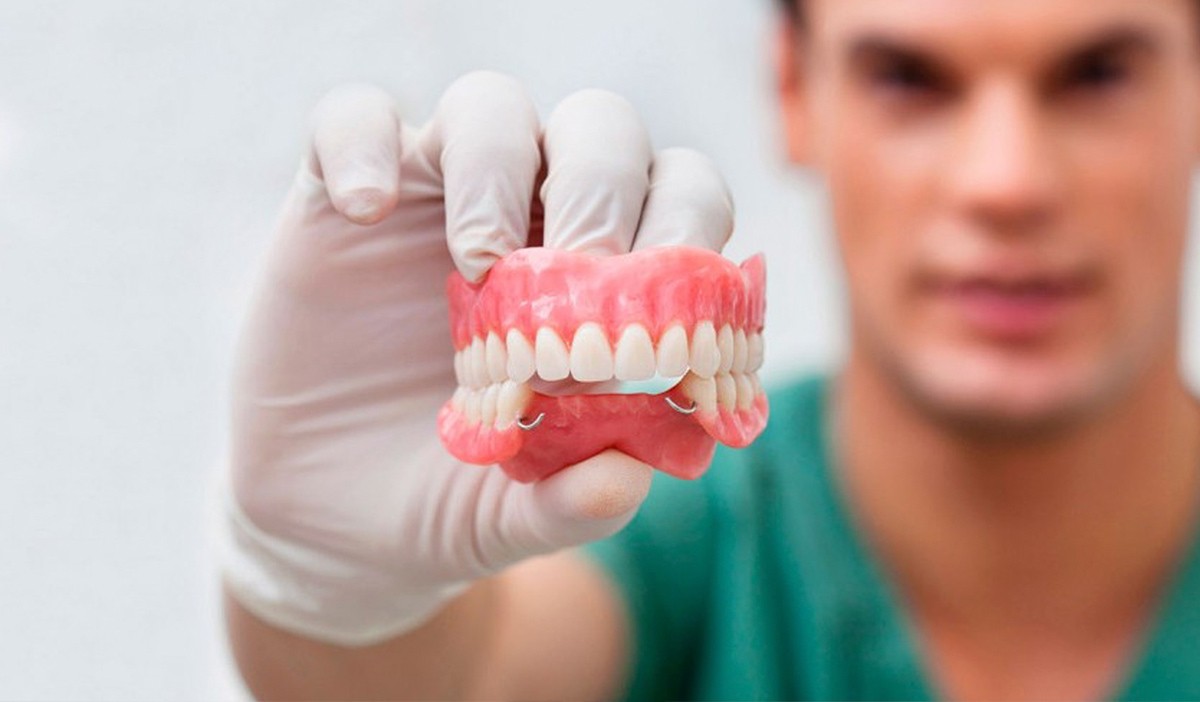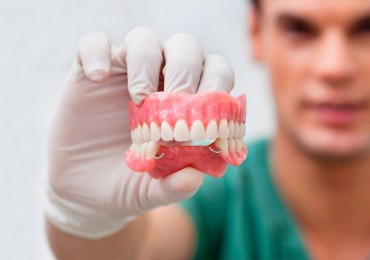Treatment methods for the use and application of dental prostheses

About Treatment
Our teeth play a big role in chewing. Over the years, the damage that our body has done in other parts of our bodies is also on our teeth, and tooth loss can occur.
Depending on the number of loss of tooth loss from the square, different types of prosthesis can be used:
Fixed dentures
Fixed prostheses are types of prostheses that are fixed on adjacent teeth and perceived by the patient as their own teeth or teeth. Crowns in which a single tooth is removed from material losses or bridges in which tooth deficiencies are completed are called fixed prostheses.
Kuro
Damage from a rotten or traumatized dental plaque, in some cases, causes a large loss of teeth and weakness of the teeth. In these cases, the filling will not be enough. To be strengthened in terms of durability, it must be coated with metal-ceramic or full ceramic restorations. This coating, which recovers the shape of the tooth, its color and function, is called kuron.
Bridges (Porcelain and Zircon Bridges)
Bridge construction is one of the methods used to remove tooth deficiencies. Missing teeth or teeth are tried to be restored by using bridges which are supported by neighboring teeth. For this reason, the neighboring teeth must be reduced in a certain position. The bridges usually consist of a metal substructure that will withstand the chewing forces and a porcelain top structure that provides aesthetic. However, in today's technology, it is possible to make more aesthetic and natural bridges with porcelain in some cases.
Removable dentures
Removable dentures are a frequently used treatment method for completing missing teeth. It is applied when the number of missing teeth is not compensated by a fixed prosthesis. The partial prosthesis is called partial prosthesis if the missing teeth on the prosthesis are partially completed, or the total prosthesis if the whole of the circular teeth is missing. We all worry that when we use prosthesis, the prosthesis in our mouth will be immediately noticed. In today's technology, however, it is quite easy to provide a natural image with prosthetics and fully meet the aesthetic expectations of the patient.
If you have lost all or part of your teeth, prostheses will look, you talk, you will bite and chew your food. If the prosthesis is not done, the natural teeth can be tilted toward the gap, where the missing adjacent teeth are; Upper teeth lower, lower teeth shifted upward. This also prevents your remaining teeth from biting and chewing healthy.
Prostheses can be applied immediately after the extraction of your teeth, such prostheses are called "immediate prosthesis".
Removal of removable dentures
If you have a removable prosthesis, it is important to keep them clean. Cleaning the dentures is easier than cleaning the natural teeth.
Some recommendations:
Wash the denture in a container filled with water so that it will not break, so that it will not break if you lower it. Brush with a medium hard brush every day. You can use toothpaste or soap, but rinse thoroughly before applying your mouth. When you sleep at night, you should definitely remove the prosthesis from the mouth and put it in a container filled with water to make the tissues in the mouth come in contact with the spit and ventilate.
Implant prostheses
Implants are a method used to complete missing teeth. Because part of the implant is surgically implanted into the bone as a natural tooth root, the patients use the implants as real teeth and use them.
This procedure is usually done by local anesthesia. If you wish, you can also apply this procedure with general anesthesia or sedation in the operating room. Following the fusion of the implants with the jawbone, fixed or moving prostheses are applied.
If you apply for information, the relevant physicians will give you detailed information on how the whole treatment period will be.

 Türkçe
Türkçe English
English Deutsch
Deutsch Norsk
Norsk русский
русский
